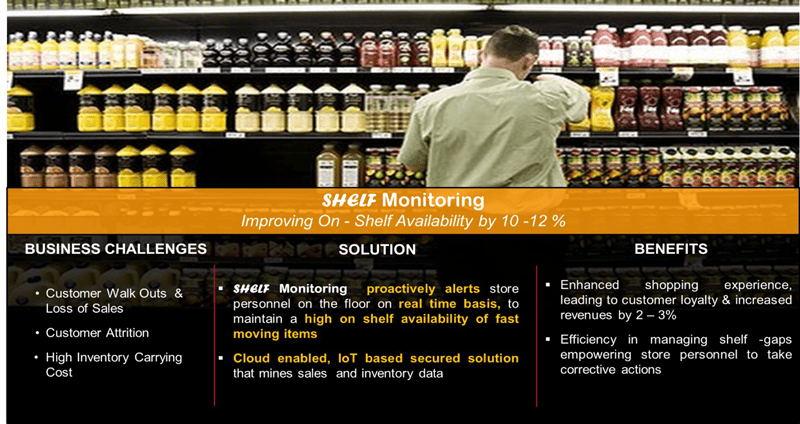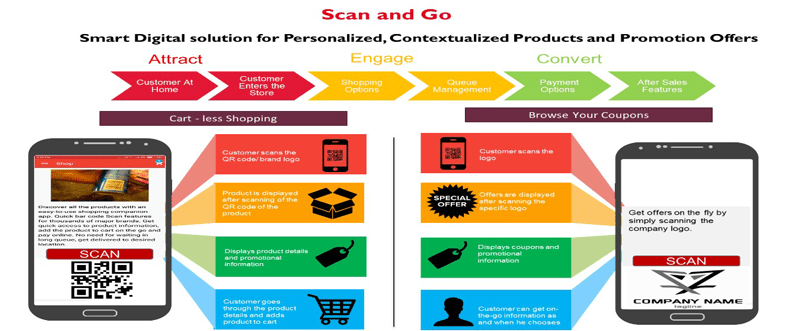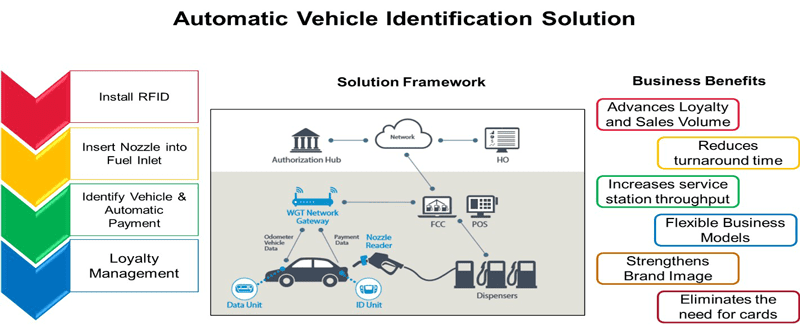Retail and convenience oil and gas stations/stores are a very important part of the oil and gas business. As more new digital technologies become available in this market, these stores will become more secure and profitable, helping change the current trend of declining profits.
The National Association of Convenience Stores (NACS), an association for convenience and fuel retailing, reports that there are more than 145,000 fueling stations across the U.S., and 127,588 of these stations are convenience stores selling fuel. The rest are gas-only stations, grocery stores selling fuel, marinas, etc. There are three major kinds of gas stations: Company Owned/Company Operated (COCO), Company Owned/Dealer Operated (CODO), and Dealer Owned/Dealer Operated (DODO).
The number of gas stations has been declining over the past 10 years due to increased competition, stricter environmental regulations, and shrinking gasoline profit margins.
It’s easy to look at the gas pump right now and think that station owners are taking you for a ride. But the business model of gas stations is a bit counterintuitive. Most gas stations barely turn a profit on their core product and, when the price of oil goes up, they may even take a loss.
According to IBISWorld, gas stations make an average net margin of just 1.4 percent on their fuel. That’s far lower than the 7.7 percent average across all industries, and ranks beneath other notoriously low margin businesses like grocery stores (2.5 percent) and car dealerships (3.2 percent).
To understand why, let’s take a look at the typical supply chain of gasoline.
The Profit Pipeline
Gasoline begins its journey as crude oil, largely sourced on home soil in states like Texas and North Dakota.
Once extracted from oil fields, this raw liquid is:
- Sent to refineries to be processed into gasoline,
- Funneled via pipeline into bulk storage containers, and
- Transported via freight trucks to gas stations, where it’s kept in 20k-gallon underground drums.
By the time gas reaches the pump, the profit potential is pretty dismal. Let’s say you buy one gallon of gas at your local station for $4.09 (the national average, as of April 13, 2022).
Gas stations typically only receive a fraction of the price listed on the sign. After factoring in overhead -labor, utilities, insurance, credit card transaction fees – the average profit is winnowed down to ~$0.03 to $0.07 per gallon.
Battling small margins, cutthroat competition, and the looming threat of electric vehicles, many gas stations are more reliant than ever on secondary revenue streams.
The Real Money is Made Inside the Convenience Store
Today, 80 percent of all gas stations have a convenience store on site. According to a study conducted by NACS, 44 percent of gas station customers go inside. And, among them, one in three ends up indulging in some kind of treat.
The goods inside these stores, such as chips, sunglasses, lottery tickets and energy drinks, only account for ~30 percent of the average gas station’s revenue yet bring in 70 percent of the profit. Gross margins on certain items can be upwards of 50 percent.
To attract more customers to visit convenience stores at gas stations, it’s time to enable convenience stores with new age digital solutions that will offer a better customer experience at all touch points.
There are various new age digital solutions that will benefit convenience store owners. They include smart restrooms, shelf monitoring, “scan and go,” automatic vehicle identification, location-based alerts for couponing and discounts, and real-time video analytics.
Smart Restrooms (Intelligent Restroom Solution)
Higher customer satisfaction and better customer experience on every visit is the most important element for getting your customers inside the convenience store. Customers have become very cautious about cleanliness and their health, especially after the COVID-19 pandemic. It’s imperative that store owners provide a clean and healthy environment in the store for existing and new customers.
By using existing network and sensor-based Internet of Things (IoT) solutions, stores can provide a fully automated smart restroom, elevating customers’ experience. For example, sensors will automatically assess the dispensing units for sanitizers, soaps, papers, water, and air fresheners, and send an alarm to the store manager to refill or replace when needed. This solution will help store owners move from scheduled manual process to a needs-based automated process. More details and benefits are represented in the figure below.

Shelf Monitoring
Using sensor-based IoT solutions can improve product availability on the shelf by 10 to 12 percent based on customer demand. Enhancing the customer experience leads to stronger customer loyalty and increased revenue for the store owner by two to three percent. Additionally, real-time data analytics saves high inventory costs for the store owner. More details and benefits are represented in the figure below.

Scan and Go Solution
One of the largest online retailers in the world, Amazon, implemented its first scan and go solution in 2018 for its Amazon-Go store in Seattle, Washington. The company now has more than 43 stores across North America. A similar sensor-based IoT solution can be used in gas convenience stores for a better customer experience.
This integrated solution provides all in a one-of-a-kind experience for the customers that includes touchless payment, couponing and promotional discounts, and after sale positive experience with loyalty points. More details and benefits are represented in the figure below.

Automatic Vehicle Identification Solutions
The radio-frequency identification (RFID) based vehicle identification solution is an integrated one that delivers better customer experience. It not only provides identity and theft protection, which is the most important issue for all customers, but also helps customers avoid losing their important payment details such as credit card numbers, and enables them to access in-store loyalty management programs.
Store owners simply install a small RFID tag to customers’ vehicles and save the payment details in their system, so that customers don’t have to enter their payment details for every visit. More details and benefits are represented in the figure below.

Real-Time Video Analytics
Data analytics is one of the most important factors used to analyze various aspects of a customer’s buying pattern and provide the best experience in convenience stores.
Installing an artificial intelligence (AI)-equipped real-time video analytics camera in the store, which includes integrated software for performing at-the-moment analytics, provides the store owner/manager with analysis and also helps with security-related incidents such as burglaries.
In summary, today’s digital solutions help convenience store owners benefit in several ways:
- Increase the store revenue and margin
- Automate the legacy manual processes
- Manage the supply chain more effectively
- Save high inventory costs
- Improve workforce management
- Reduce operational costs
- Create the best customer experience for new and returning customers
If gas stations and convenience stores that sell gas want to continue to increase profits and stay competitive, they must look beyond the gas pump. Customers today want a satisfying experience whenever possible, even when doing something as mundane as filling up the tank. To achieve greater revenue for the stores and better experiences for customers, these retail store must invest in digital technologies and implement these solutions.
Images courtesy of Rohit Verma.
Based in Houston, Texas, Rohit Verma is an associate vice president at HCL Technologies, one of the world’s largest technology companies. He manages major oil and gas strategic customers in North America and brings more than 22 years of experience working in this industry.
Oil and gas operations are commonly found in remote locations far from company headquarters. Now, it's possible to monitor pump operations, collate and analyze seismic data, and track employees around the world from almost anywhere. Whether employees are in the office or in the field, the internet and related applications enable a greater multidirectional flow of information – and control – than ever before.




